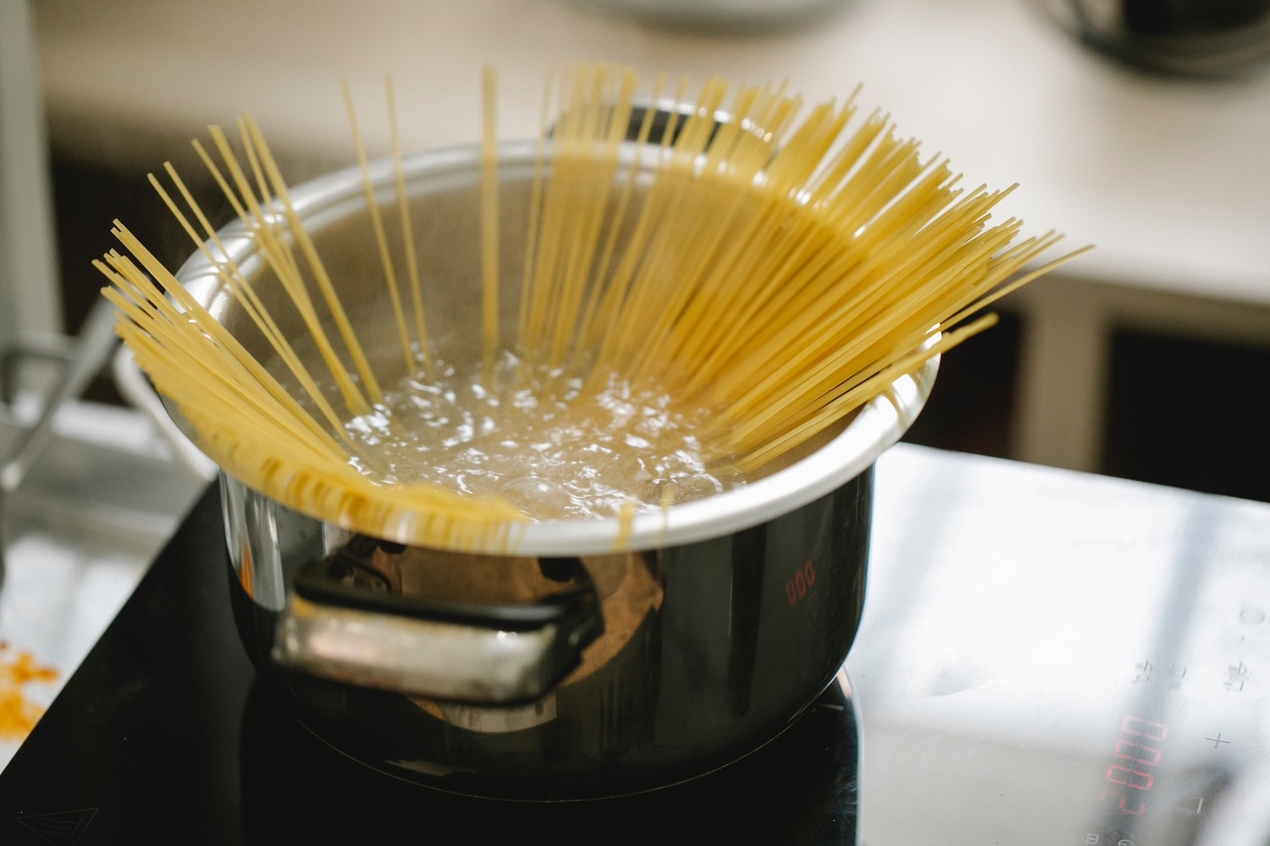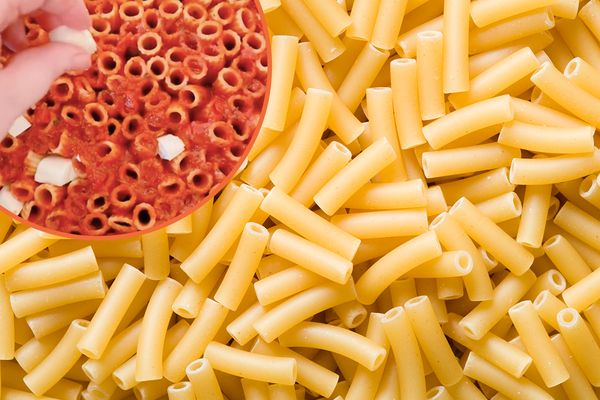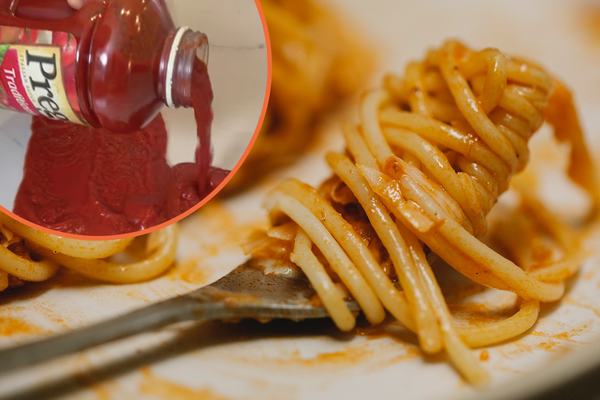Pasta
Searching Sardinia for the world’s rarest pasta
22 Feb 2018
3m

Twice a year on the Italian island of Sardinia, dutiful pilgrims make the 20 mile trek from the small city of Nuoro to the hallowed “Santuario di San Francesco”. Each May and October, the sanctuary hosts the “Feast of San Francesco”, an event that has become something of a mythological foodie Hajj. Travellers can number in the thousands. The reason for this congregation is singular – Nuoro is home to a very special pasta dish.
Su filindeu, literally translated as the “threads of God”, is undoubtedly the rarest pasta in the world. For 300 years, female members of a single family have passed down the tradition, to the point today where there are only a handful of people capable of reproducing the recipe. Almost exclusively reserved for those who make the pilgrimage to “Santuario di San Francesco”, to sample su filindeu is a true labour of love.
The master of the dish is 63 year old Paola Abriani. She has dedicated her life to perfecting the art of pasta making and remains as passionate about su filindeu as she was when she first began. Abriani rises at 7 AM every morning in order to perform the intricate ritual required to produce “threads of God”.
The ingredients that go into the pasta are deceptively simple and straightforward to source – semolina durum wheat, water and salt. Similarly, the final serving of the dish is equally uncomplicated – pasta is paired with a strong mutton broth and a generous helping of local pecorino cheese. It is the technique that makes su filindeu near impossible to produce.
To create the pasta, Abriani kneads the dough until it reaches the consistency of modelling clay. Once the desired texture has been reached, she works the dough into rounded strands, which she stretches and folds, doubling and redoubling over and over. After eight successive rounds of “layering”, Abriani is left with precisely 256 individual delicate strands, each about half the width of angel hair pasta.
Carefully manoeuvring the strands, Abriani then lays the pasta over a wooden frame, criss-crossing three threaded layers over one another, creating a translucent pane of pasta. The su filindeu is then left to dry in the sun while Abriani starts the process all over again.
According to Abriani, the real challenge of the dish is balancing the consistency of the dough. Should the semolina lack elasticity, she adds a touch of salted water. When it needs more moisture, a dab of separately prepared unsalted water is used. There is no science to this. As Abriani explains, the key is “understanding the dough with your hands”. It is small wonder that it is so challenging to reproduce.
Over the years, many have tried to get to grips with the “threads of God”. Celebrity chef Jamie Oliver spent several hours alongside Abriani, attempting to replicate the process. Representatives from the Barilla pasta making company worked to create a machine that could reproduce Abriani’s techniques. All failed spectacularly.
Because of the challenge involved and the commitment required to learn the skill of su filindeu, there is a very real risk that the dish will fade away. Both of Abriani’s daughters lack their mother’s passion for the pasta and are understandably put-off by the prospect of a life dedicated to a singular pursuit. For any true pasta fan, therefore, a trip to Sardinia should be high on the agenda. With so few people capable of making it, “threads of God” could soon be a thing of the past.


